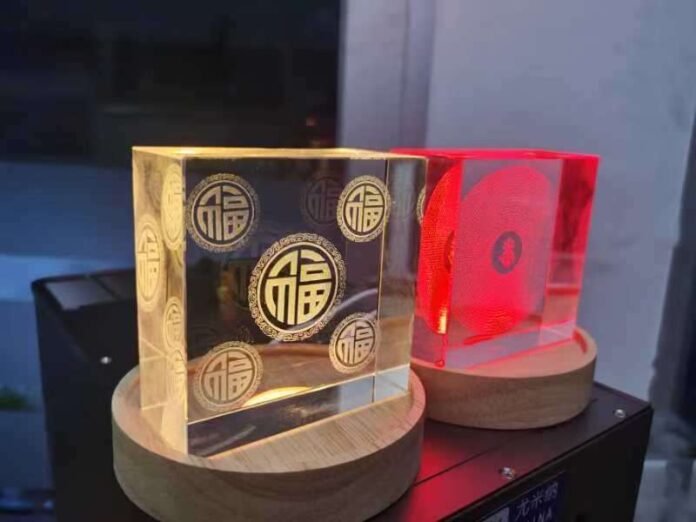3. Industrial and Commercial Applications
· Product Marking and Branding: Companies use subsurface laser engraving to embed logos, serial numbers, and other identifiers within products. This method ensures that markings are permanent and resistant to tampering, making it ideal for high-value items and brand protection.
· Architectural Models and Prototypes: In architecture and engineering, 3D laser engraving is used to create detailed models and prototypes, helping to visualize projects. These engravings can be applied to transparent materials to showcase intricate details and structural components.
4. Scientific and Research Applications
· Medical Devices: Subsurface engraving is employed to mark medical instruments and devices with essential information, such as serial numbers and calibration data. These engravings are permanent, sterile, and do not compromise the functionality of the device, making them ideal for medical use.
· Microscopy and Research: In scientific research, subsurface laser engraving is used to create detailed micro-scale models and labels within transparent materials, aiding in various research and experimental applications.
5. Security and Authentication
· Tamper-Proof Markings: Subsurface engraving is frequently used in security applications to create tamper-proof markings on valuable items, documents, and identification cards. These engravings are hidden beneath the surface, making them difficult to alter or remove, which is crucial for anti-counterfeiting efforts.
· Luxury Goods Authentication: High-end brands leverage 3D subsurface engraving to add discreet authentication marks inside luxury products, such as watches, jewelry, and electronics, ensuring the authenticity of the items and protecting them against counterfeiting.
